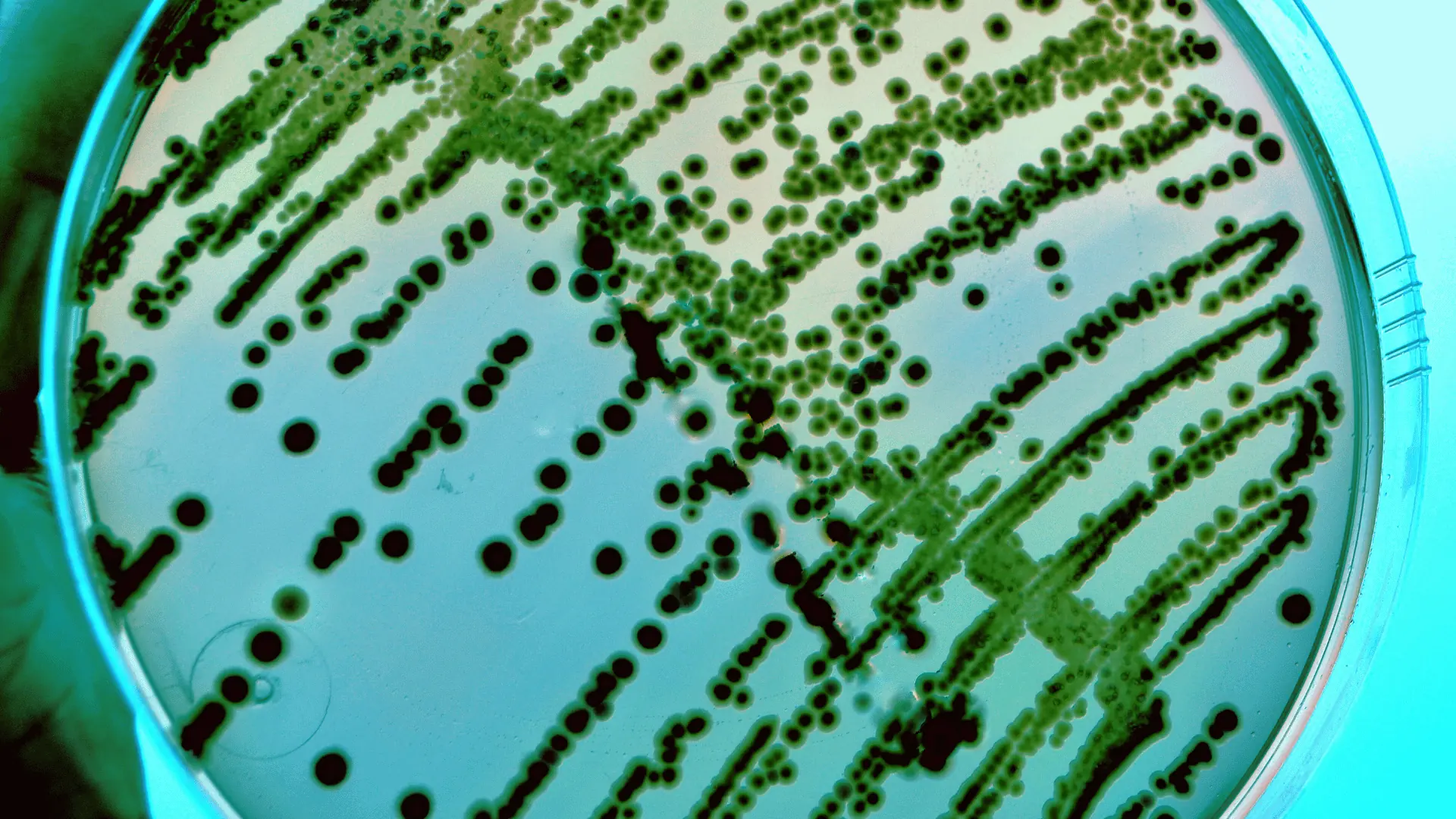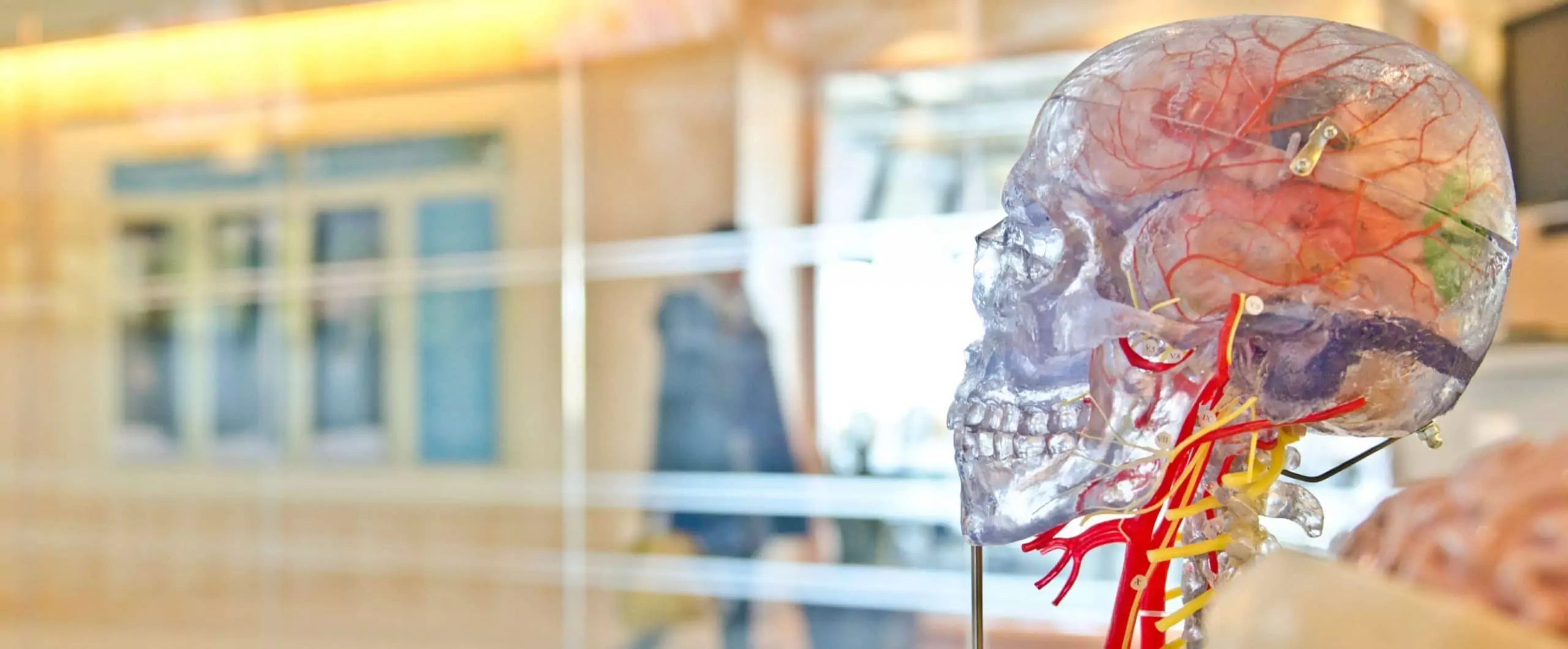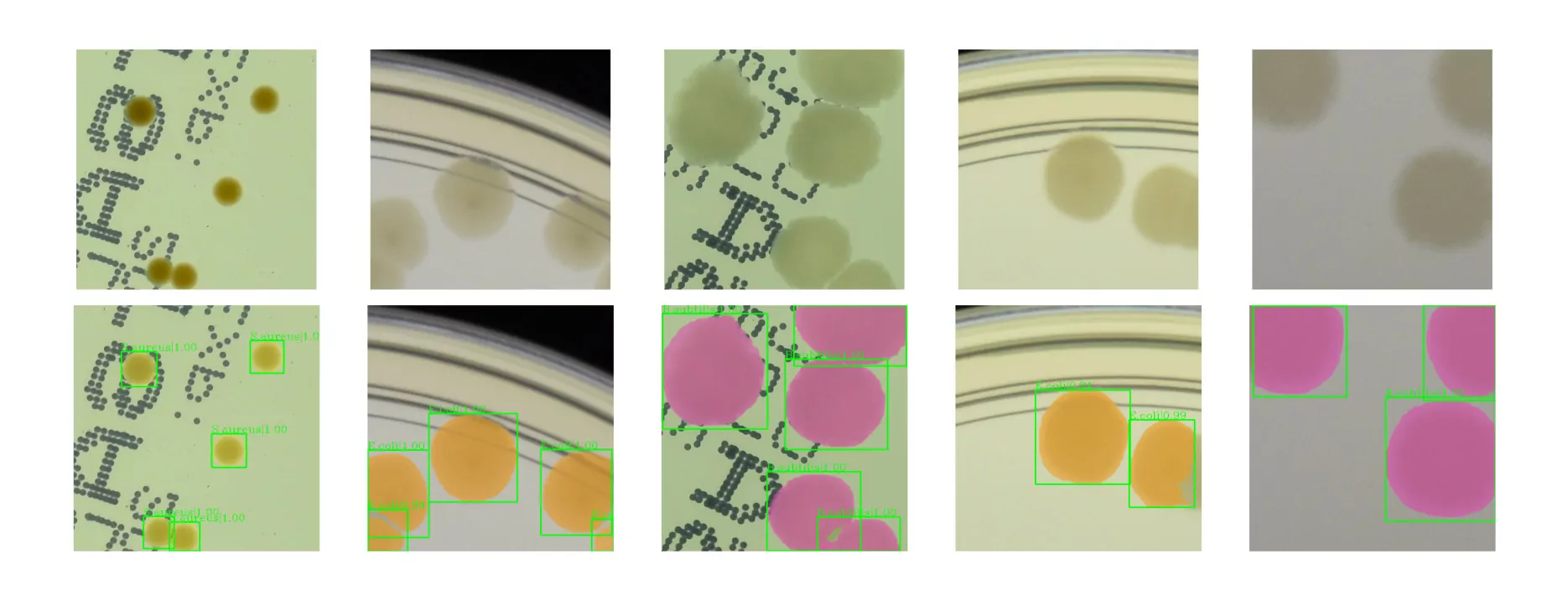The vast field of industrial microbiology stands on the brink of a transformative era with the integration of artificial intelligence (AI). With its plethora of technologies ranging from machine learning to computer vision and object detection, AI is poised to revolutionize this domain.
In industrial microbiology, AI methods are used mainly for quality control, bacteria detection, and maintaining sanitary standards. For example, AI enhances drug safety and efficacy, crucial for public health. In cosmetics, AI-driven systems revolutionize product development, emphasizing purity and safety. In veterinary medicine, AI elevates healthcare product standards and food safety, assuring quality assurance in food production.
From this article, you will learn what are the popular industrial applications of AI in microbiology.
Industrial Application of AI in Microbiology: Technologies & Tools
AI in industrial microbiology uses various methods, technologies, and tools. In a slightly different way, each of them improves processes related to quality control and maintaining sanitary standards. Below, in simple words, I explain how exactly specific AI techniques are applied in industrial microbiology:
Computer Vision in Quality Control
Think of computer vision as giving a computer eyes. In quality control, computer vision systems can inspect products or processes. For instance, they can look at images of products on a production line to check for defects or contamination. By catching problems early, they save money by reducing waste and preventing large-scale product recalls.

Easier and Faster Recognition of Microorganisms
Object detection in artificial intelligence, especially in microbiology, involves identifying harmful bacteria in images. Recently, the NeuroSYS team developed deep learning methods to efficiently detect microbial colonies using R-CNN models and the AGAR dataset.
In laboratories, counting bacterial colonies is usually a manual, time-consuming and error-prone activity. The NeuroSYS study shows how deep learning can automate microbiology colony counting in Petri dishes using RGB images and 3D laser scanner data.
Suitable for stand-alone applications or integration with laboratory software, these methods enable rapid and accurate detection of bacteria, which is crucial in preventing and reducing contamination in the food and pharmaceutical industries.
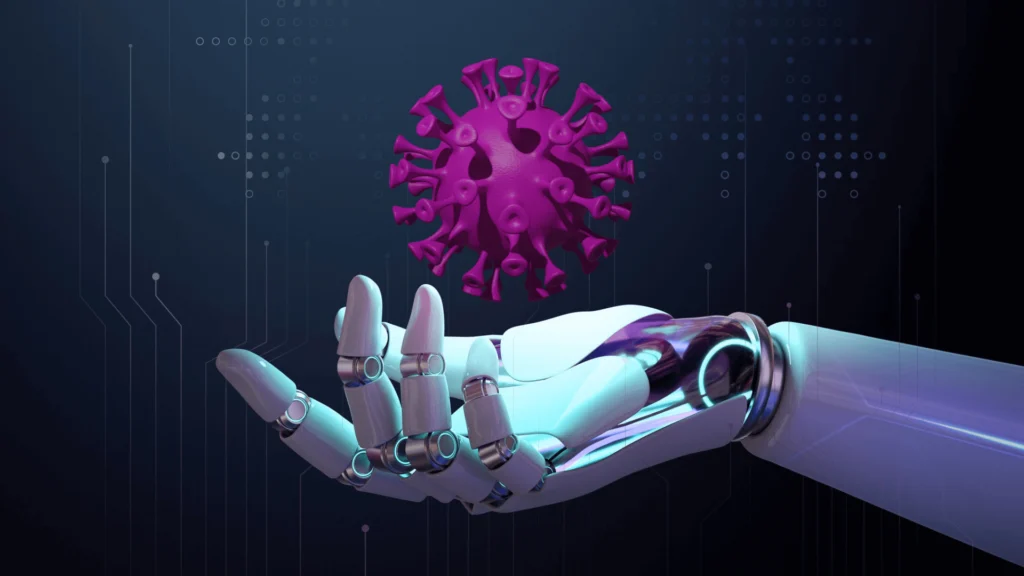
Machine Learning for Sanitary Standards
Machine learning involves training computers to recognize patterns and make decisions. In maintaining sanitary standards, machine learning algorithms can analyze data from various sensors and equipment to monitor cleanliness and detect potential contamination risks. By maintaining high hygienic standards, industries avoid the costly consequences of sanitation failures, like shutdowns, product recalls, and reputational damage.
Predictive Analytics for Proactive Maintenance
Predictive analytics, a part of machine learning, can predict when equipment fails or a process exceeds standard limits. This helps in doing maintenance or corrections before problems occur, saving money on big repairs and avoiding downtime in production.

Data Analysis for Process Optimization
By analyzing vast amounts of data, AI-driven data science can help optimize processes, making them more efficient. This could mean less waste, lower energy consumption, and more efficient resource use, which translates to cost savings.
Natural Language Processing to Automate Document Creation
Industrial microbiologists’ work in document management may soon become more efficient and less time-consuming, largely thanks to the adoption of natural language processing (NLP). This technology improves data management by partially automating the preparation and verification of documentation. It is worth noticing that the data used in NLP models and the models themselves can be stored on local servers, which provides full access control and increases their protection against data fraud.As healthcare providers and pharmaceutical companies recognize the time-saving potential of NLP, we will see increased adoption of NLP models in these industries.
AI in Microbiology: Drug Production
AI is proving to be an indispensable ally in the quest for impeccable standards in drug production, addressing key challenges like sanitation, quality control, reducing waste, and enhancing the role of human experts. The global AI pharmaceutical market, valued at USD 908 million in 2022, is expected to reach over USD 11,813.56 million by 2032, with a predicted CAGR of 29.30% from 2023 to 2032 (source). This synergy of AI in pharma and microbiology
and human expertise sets new benchmarks, ensuring safer products and a more sustainable future.
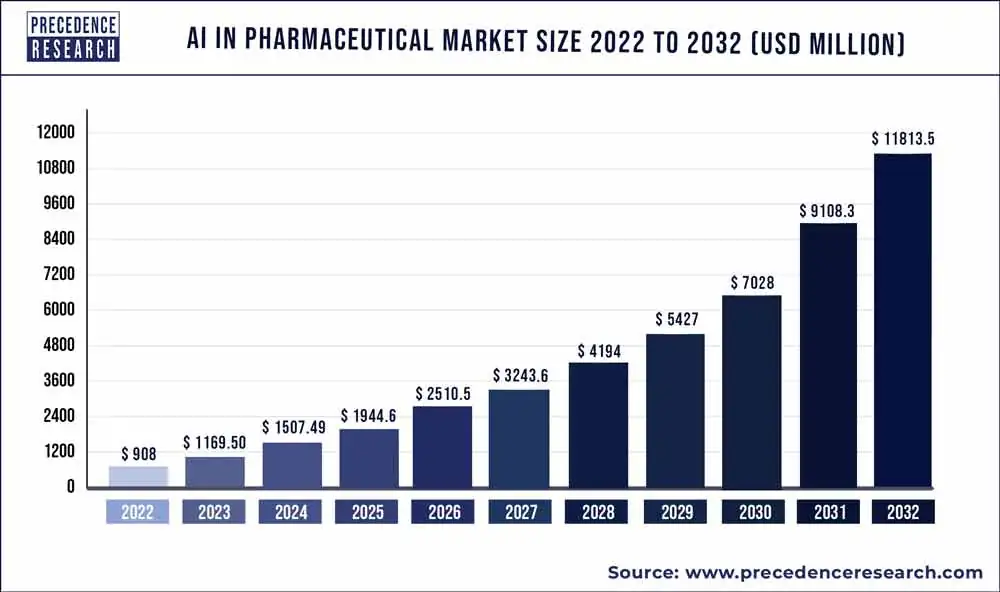
Elevating Sanitation and Quality Standards
In drug production, AI’s role in microbiology is pivotal. Advanced machine learning algorithms in AI drug production swiftly and accurately identify potential contamination and quality issues, outperforming traditional methods. AI not only detects but also proactively prevents quality issues in pharmaceuticals, reducing costly recalls and upholding public health standards and industry integrity.
Example? Machines like the BactoMatic, using Cascade R-CNN and PointPillars algorithms, enhance automatic microbiological testing in the pharmaceutical industry. They offer high accuracy in testing the microbiological purity of products, early detection of most common microorganisms, and quantitative and qualitative analysis of microorganism colonies on solid substrates.
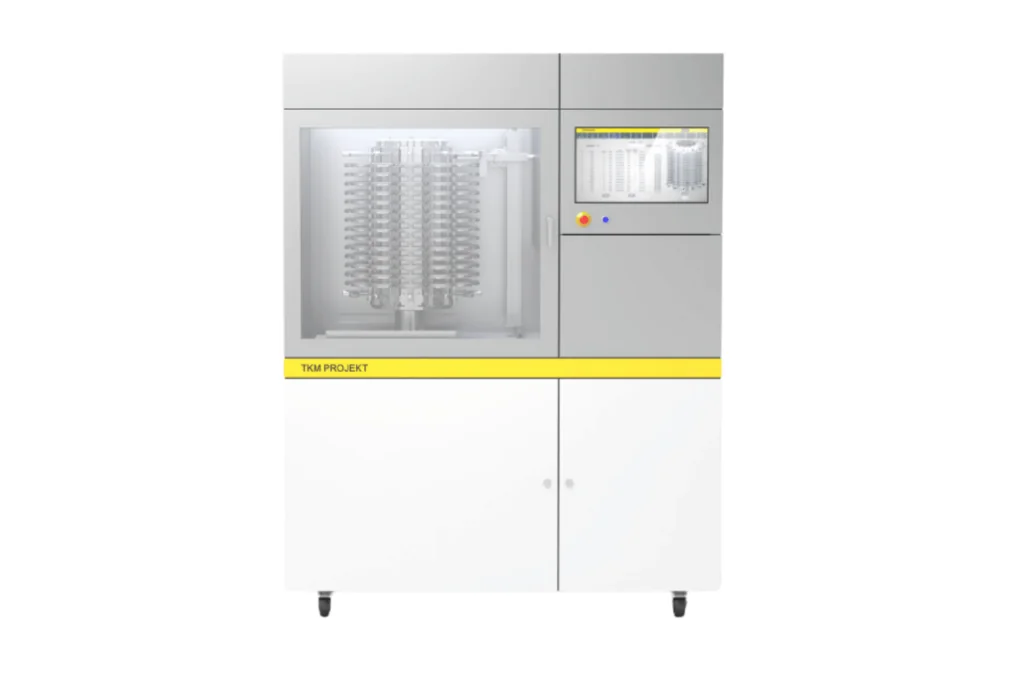
Minimizing Waste
A notable challenge in drug production is the disposal of samples, which entails significant costs and environmental concerns. Here, AI in microbiology in the pharmaceutical industry plays a crucial role through predictive analytics. By effectively predicting the outcomes of quality tests, AI significantly reduces the necessity for extensive physical testing of each batch or sample. This reduction in sample testing leads to decreased waste, aligning with the industry’s move towards more sustainable practices, and also results in considerable cost savings.
Assisting People in Quality Control
AI in drug production is not about supplanting human experts, but rather augmenting their capabilities. In managing repetitive and data-heavy tasks, AI frees human quality controllers to focus on areas requiring more complex decision-making and strategic oversight.
Integrating AI compliance in the synergy between AI and human expertise significantly enhances the quality control process. It combines AI’s speed and accuracy with human expertise, reducing cognitive load and improving efficiency and accuracy in workflows.
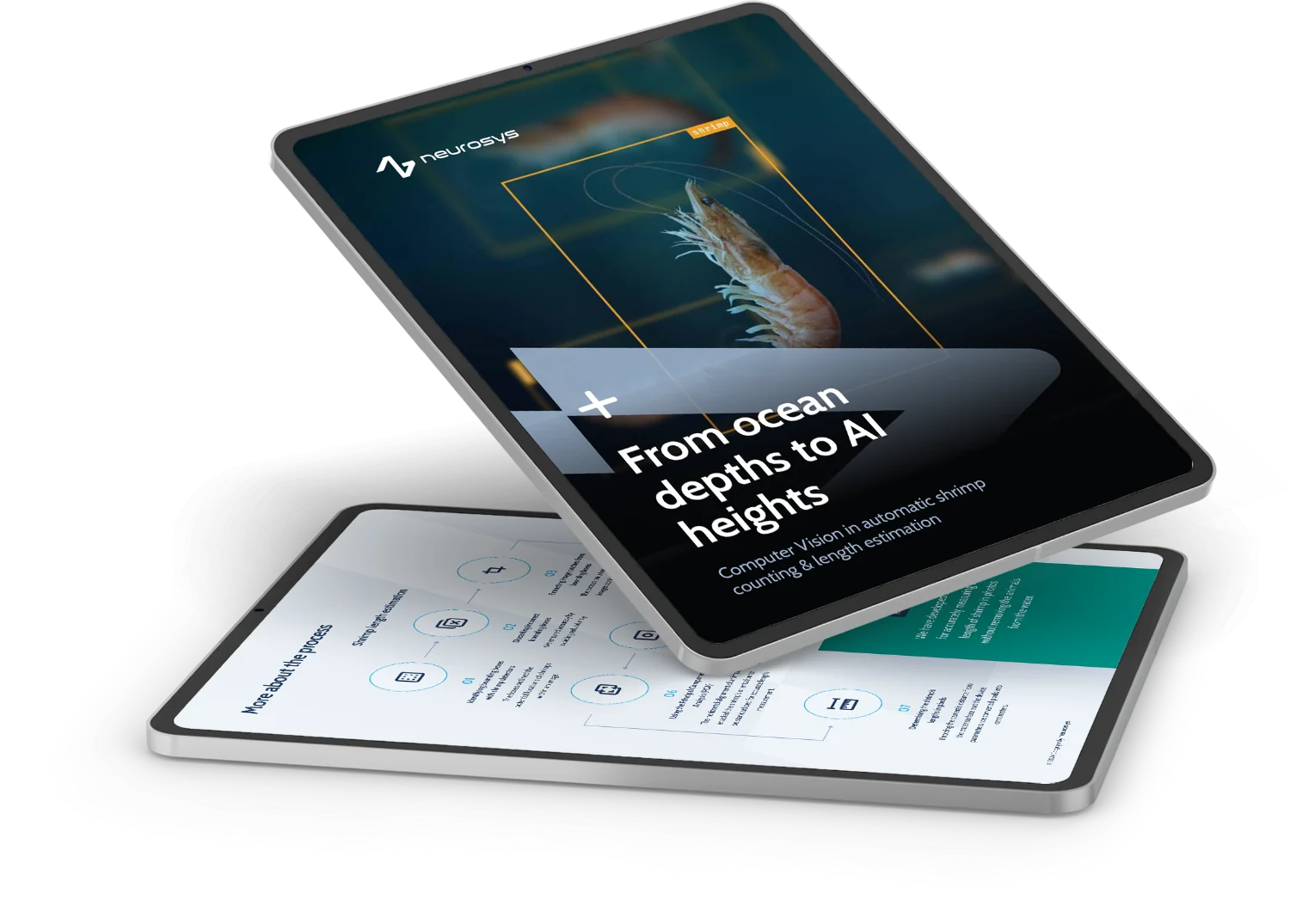
AI in Microbiology: Cosmetics Production
Cosmetics manufacturing is another industry that uses AI for quality control and sanitary purposes. Some companies already use AI in cosmetics production to conduct automatic vision analyses of the environment, which allows them to detect irregularities much earlier than if the process was controlled only by humans.
AI-Driven Sanitation and Quality Assurance in Cosmetics
The cosmetics industry is leveraging AI in microbiology to enhance the precision and efficiency of monitoring production environments. Utilizing machine learning algorithms, these systems can identify risks of microbial contamination and deviations in quality in real-time. This capability significantly mitigates the risk of product recalls, ensuring consumer safety and maintaining the commitment to high-quality product delivery that is central to the industry’s ethos.
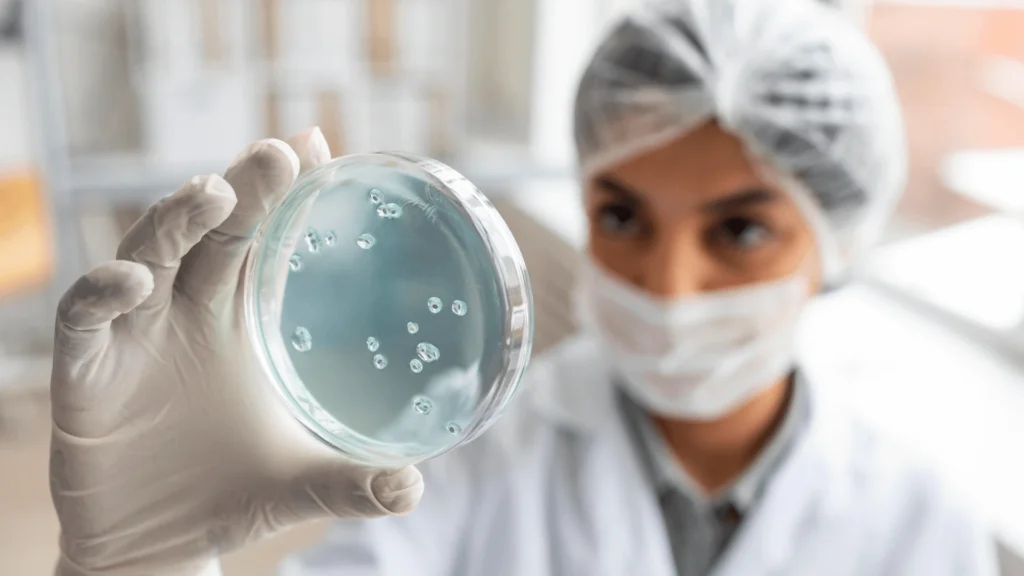
Minimizing Waste through Intelligent Formulation
In the past, cosmetic formulation has been characterized by extensive trial and error, frequently leading to significant material waste. AI in microbiology in the cosmetics industry is changing this landscape through predictive modeling. This technology enables the accurate prediction of formulation outcomes, reducing the need for physical trials. This not only lessens waste but also enhances cost-effectiveness and environmental sustainability.
Enhancing the Role of Quality Controllers
In cosmetic manufacturing, AI tools enhance quality control by handling vast data, freeing quality controllers and experts to concentrate on various product development aspects. This combination of AI’s data analysis and human expertise leads to a flexible, comprehensive quality control process that keeps pace with changing industry standards and consumer trends.
AI in Microbiology: Veterinary Industry
AI is proving to be a vital tool in advancing the veterinary industry as well. As AI technology continues to evolve, its integration into veterinary medicine promises even greater animal healthcare and treatment improvements.
Enhancing Sanitary Standards
AI in microbiology in the veterinary industry plays a crucial role here. Advanced AI diagnostic and monitoring systems are adept at detecting and predicting animal disease outbreaks early. This timely intervention is vital for animal health and prevents diseases from spreading, a concern especially important in settings like farms and zoos. You can discover more use cases with AI consulting.

Reducing Waste and Costs
The production of animal drugs typically involves rigorous testing and quality control, leading to considerable sample disposal. Fortunately, AI in microbiology in the production of animal medicines brings significant improvements as it addresses this issue by using precise predictive models to forecast test outcomes. This reduces the need for extensive physical testing, reducing waste and production costs.
Assisting Veterinary Quality Controllers
AI in microbiology in the production of animal medicines can handle routine and data-heavy tasks in animal medicine production, freeing veterinary professionals to focus on complex aspects of medicine creation and quality control. This partnership between AI and human intelligence increases animal medicines’ safety and effectiveness. AI’s predictive maintenance also prevents equipment downtime, maintaining consistent quality standards.
Industrial Application of AI in Microbiology: Food Industry
The third industry I want to discuss is food production. AI’s integration into the food industry has already set new sanitation, quality control, and sustainability benchmarks. These advancements bring efficiency and cost-effectiveness to the industry. They also ensure the safety and quality of food products, showcasing the huge impact of AI in food production.
AI-Enhanced Sanitation and Quality Control in Food Production
We all know that upholding high sanitary standards and rigorous quality control in the food industry is a regulatory requirement and a crucial factor in consumer safety and trust. Artificial intelligence revolutionizes this sector by enabling enhanced monitoring and control processes. AI-driven systems can rapidly detect microbial contamination and deviations in production standards, ensuring that food products meet the highest safety criteria. You can find more information in the NeuroSYS case study on object counting in an industrial shrimp farm.
Reducing Waste and Optimizing Production with AI
Now, let’s focus on managing waste, a significant challenge in food production, particularly during quality testing phases where significant sample disposals are standard. AI in microbiology in food production significantly reduces this waste by accurately forecasting test outcomes through advanced predictive analytics. This efficiency not only cuts operational costs but also contributes to environmental sustainability.
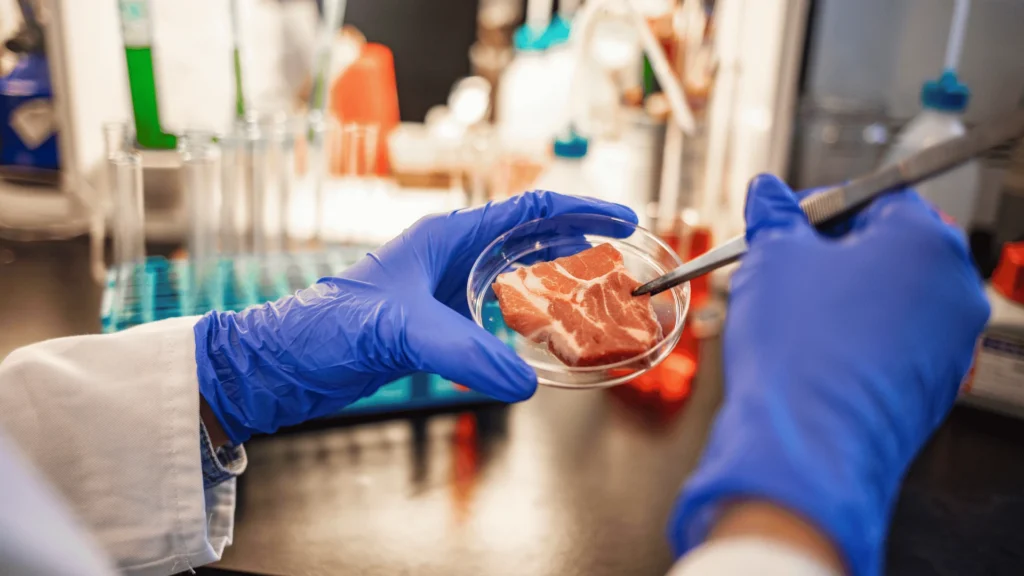
AI Assistance in Food Quality Assurance
By handling large-scale data analysis and routine checks, AI in microbiology in food production allows human quality controllers to focus on more complex and critical aspects of food safety. This collaboration enhances the quality assurance process by combining AI’s precision and speed with human intuition and experience. Additionally, AI’s capability for continuous learning ensures that quality control processes evolve to meet changing consumer demands and regulatory standards.
Industrial Application of AI In Microbiology: A Home-Taking Note
As you can see, artificial intelligence has profoundly transformed various industries, including drug production, cosmetics, veterinary medicine, and food production. Microbiology has gained a powerful allay thanks to different artificial intelligence methods, such as computer vision or object detection.
The industrial application of AI in microbiology plays a special role in producing medicines, cosmetics, and food for humans and veterinary food. Microbiologists can benefit from AI to maintain sanitary standards and product quality control. Thanks to faster detection of possible microbiological contamination, plants producing medicines, food, and cosmetics can reduce the number of wasted batches of products.
The potential for future innovations in these sectors is immense, with AI expected to bring greater efficiency and precision. In this way, AI in industrial microbiology helps reduce production costs.
